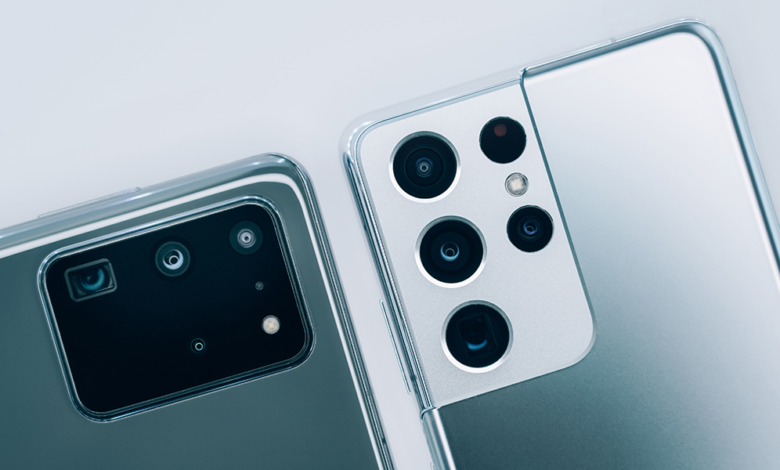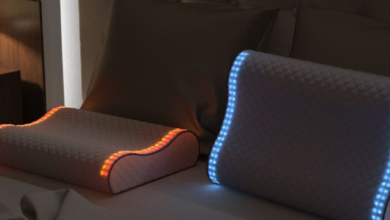Smartphone Buying Guide: What to Look For

Smartphone Buying Guide: What to Look For. Buying a new smartphone can be an overwhelming experience given the multitude of options available in the market. Whether you’re upgrading from an old device or purchasing your first smartphone, understanding what to look for can make the decision easier. This guide will walk you through the essential factors to consider when buying a smartphone, helping you find the device that best suits your needs and preferences.
1. Operating System
The operating system (OS) is one of the first things to consider as it determines the smartphone’s functionality and user experience.
- iOS: Found on Apple iPhones, iOS is known for its smooth performance, regular updates, and a secure ecosystem. It’s user-friendly and integrates seamlessly with other Apple products.
- Android: Offered by various manufacturers, Android provides a customizable experience with a wide range of devices and features. It’s more flexible but can vary in terms of updates and security depending on the manufacturer.
2. Performance and Processor
The processor, or chipset, plays a crucial role in how smoothly your smartphone operates. A powerful processor ensures faster performance, better multitasking, and improved gaming experiences.
- High-end Chips: Look for smartphones with the latest processors like Apple’s A-series chips or Qualcomm’s Snapdragon 8 series for top-tier performance.
- Mid-range Chips: Devices with mid-range processors like Qualcomm Snapdragon 7 series or MediaTek Dimensity chips offer good performance for everyday use at a lower cost.
3. Display Quality
The display affects how you view and interact with your smartphone. Key aspects to consider include:
- Resolution: Higher resolutions (e.g., 1080p, 1440p, 4K) provide sharper and clearer visuals. Full HD (1080p) is common and sufficient for most users.
- Refresh Rate: A higher refresh rate (e.g., 90Hz, 120Hz) results in smoother scrolling and animations. It’s particularly beneficial for gaming and media consumption.
- Size and Type: Choose a screen size and type that suits your preferences, whether it’s an AMOLED for vibrant colors or an LCD for cost-effectiveness.
4. Camera System
The camera is one of the most important features for many users. Evaluate the following:
- Resolution: Higher megapixels (MP) don’t always mean better quality. Look for features like larger sensors and better lenses for improved photo quality.
- Lens Types: Consider phones with multiple lenses (wide, ultra-wide, telephoto) for versatility in photography.
- Software Features: Advanced camera software can enhance your photography experience with features like night mode, portrait mode, and AI enhancements.
5. Battery Life
Battery life is crucial for day-to-day usage. Key factors include:
- Battery Capacity: Measured in milliampere-hours (mAh), a higher capacity generally means longer battery life. Look for batteries around 4000mAh or higher.
- Charging Speed: Fast charging capabilities (e.g., 30W, 65W) can significantly reduce charging time. Wireless charging and reverse charging features are also worth considering.
6. Storage and RAM
Sufficient storage and RAM are essential for smooth operation and to accommodate your apps, photos, and files.
- Storage: Choose a phone with enough internal storage to meet your needs. 64GB is a minimum, but 128GB or more is preferable for heavy users. Consider if the phone offers expandable storage via microSD cards.
- RAM: More RAM (e.g., 6GB, 8GB) allows for better multitasking and overall performance. For basic tasks, 4GB might be sufficient, but 6GB or more is recommended for power users.
7. Build Quality and Design
The build quality affects the durability and feel of the phone. Consider:
- Materials: Phones made from metal or glass tend to feel more premium and durable compared to plastic.
- Water and Dust Resistance: Look for an IP rating (e.g., IP67, IP68) if you want protection against water and dust.
- Design: Choose a design that appeals to you, whether it’s a sleek, modern look or a more rugged style.
8. Connectivity and Features
Evaluate additional features and connectivity options:
- 5G Support: For future-proofing and faster data speeds, consider a phone that supports 5G.
- Biometric Security: Features like fingerprint scanners and facial recognition enhance security and convenience.
- Headphone Jack: Some phones no longer include a headphone jack, so check if it’s important for you to have one.
9. Price and Budget
Determine your budget and look for the best value within that range. High-end smartphones offer premium features but come at a higher cost. Mid-range and budget phones can provide great performance at more affordable prices.
10. Brand and After-Sales Service
Finally, consider the brand’s reputation and the quality of after-sales service:
- Brand Reliability: Established brands often provide better support and regular updates.
- Customer Support: Check if the brand offers reliable customer service and warranty options.
Conclusion
Choosing the right smartphone involves balancing various factors, from operating systems and performance to camera quality and battery life. By considering these essential aspects and evaluating your personal needs and preferences, you can make an informed decision and find a smartphone that enhances your daily life and meets your expectations.
FAQs
1. What is the most important feature to consider when buying a smartphone?
The most important feature depends on your needs, but performance, camera quality, and battery life are generally crucial factors.
2. How much storage do I need in a smartphone?
For most users, 128GB of storage is adequate. If you store a lot of media files or apps, consider 256GB or more.
3. Is 5G support necessary for a new smartphone?
While not essential for everyone, 5G support is beneficial for faster data speeds and future-proofing your device.
4. What is the difference between OLED and LCD displays?
OLED displays offer better contrast and color quality compared to LCDs, but they can be more expensive.
5. How important is the build quality of a smartphone?
Build quality affects durability and user experience. A well-built phone can withstand daily wear and tear better.



